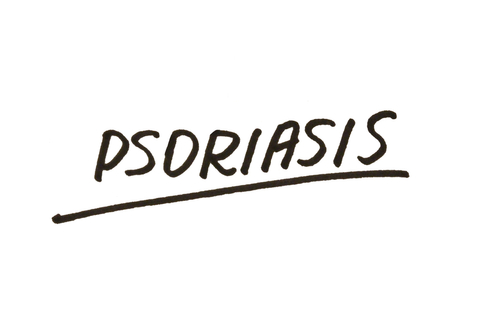
Ixekizumab demonstrated favorable tolerability and safety, in line with previous reports, for treatment of psoriatic arthritis, according to a large safety analysis of the SPIRIT clinical trials published in the Annals of the Rheumatic Diseases.
What Is Psoriatic Arthritis?
Psoriatic arthritis is a chronic, inflammatory disease impacting around 30% of individuals with psoriasis. Current pharmacological management for this condition include treatment with non -steroidal anti-inflammatory drugs (NSAIDs) and conventional anti-rheumatic drugs.
RELATED: Psoriasis and Risk of Adverse Cardiovascular Outcomes
What Is Ixekizumab?
Ixekizumab is a monoclonal antibody selectively targeting the IL-17A cytokine. The drug has been approved for treating moderate-to-severe plaque psoriasis, psoriatic arthritis, ankylosing spondylitis, and non-radiographic axial spondyloarthritis.
In this study, Atul A. Deodhar, MD, and colleagues sought to confirm the safety profile of ixekizumab over the first three years following treatment. The investigators analyzed follow-up data from the SPIRIT program, comprising four clinical trials of ixekizumab for treatment of psoriatic arthritis (SPIRIT-P1, SPIRIT-P2, SPIRIT-P3, and SPIRIT-H2H).
“In this report, we further evaluate the exposure-adjusted incidence rate (EAIR), outcomes and medical history of patients with active psoriatic arthritis who experienced selected adverse events (AEs) of interest,” wrote Dr. Deodhar and colleagues.
The SPIRIT Clinical Trials
The SPIRIT clinical trials included patients with active psoriatic arthritis with at least three tender and three swollen joints, and active or a documented history of psoriatic skin lesions. Patients with active Crohn’s disease or ulcerative colitis were excluded.
In total, 1,401 patients were included, with a cumulative ixekizumab exposure of 2,247.7 years. Participants were randomized to either ixekizumab 80 mg once every four weeks (n = 648) or 80 mg once every two weeks (n = 752).
Ninety-one percent of patients were white and the mean body mass index was 30 kg/m2. The mean duration of psoariatic arthritis
Adverse Events with Ixekizumab
The primary outcomes of the post-hoc analysis from Dr. Deodhar and colleagues were the EAIRs for treatment-emergent AEs (TEAEs) and other select AEs per 100 patient-years up to three years post-exposure. Overall, 80.7% of patients experienced TEAEs. The EAIR of patients experiencing at least one TEAE was 50.3 per 100 patient-years. “Most TEAEs were mild to moderate in severity,” the authors commented.
Nasopharyngitis was the most frequently reported TEAE (EAIR = 9.0), followed by upper respiratory tract infection (EAIR = 8.3). The authors noted that “infections in general and injection site reactions were the most common TEAEs.” However, there was a low incidence rate of serious cases of TEAEs (EAIR ≤1.2).
Serious AEs occurred in 134 patients (EAIR = 6.0), with 123 cases requiring hospitalization. Two SEs led to patient disability and six AE-related fatalities occurred. Eight percent of patients discontinued treatment due to AEs (EAIR = 5.1).
“TEAEs were more common during the first year of ixekizumab exposure (EAIR = 87.0) and decreased over time (EAIR = 67.3 in the third year of exposure),” wrote Dr. Deodhar and colleagues. “EAIRs for SAEs and discontinuations remained consistent over time.”
Malignancy Associated with Ixekizumab
Fifteen patients reported malignancies following ixekizumab exposure (EAIR = 0.7). Eight patients developed non-melanoma skin cancer (EAIR = 0.4) and seven patients developed other malignancies (EAIR = 0.3).
Ixekizumab and Major Cardiovascular Events
Twelve patients reported a major cardiovascular event following treatment (EAIR = 0.5), including three moderate and nine severe cases. Two cases were fatal. Three-quarters of patients who experienced these events had pre-existing cardiovascular risk factors (e.g., hypertension, obesity, high cholesterol).
Ixekizumab Safety Profile and Tolerability
Overall, the investigators found no differences between the safety profile of ixekizumab in previous literature and in this three-year follow-up analysis.
“This report shows that, although the studies were not powered to detect statistical differences between the two ixekizumab regimens, there are no apparent differences in the safety between ixekizumab every two weeks and every four weeks,” the authors concluded. “This analysis is consistent with the safety profile of the two treatment regimens previously published.”







 © 2025 Mashup Media, LLC, a Formedics Property. All Rights Reserved.
© 2025 Mashup Media, LLC, a Formedics Property. All Rights Reserved.